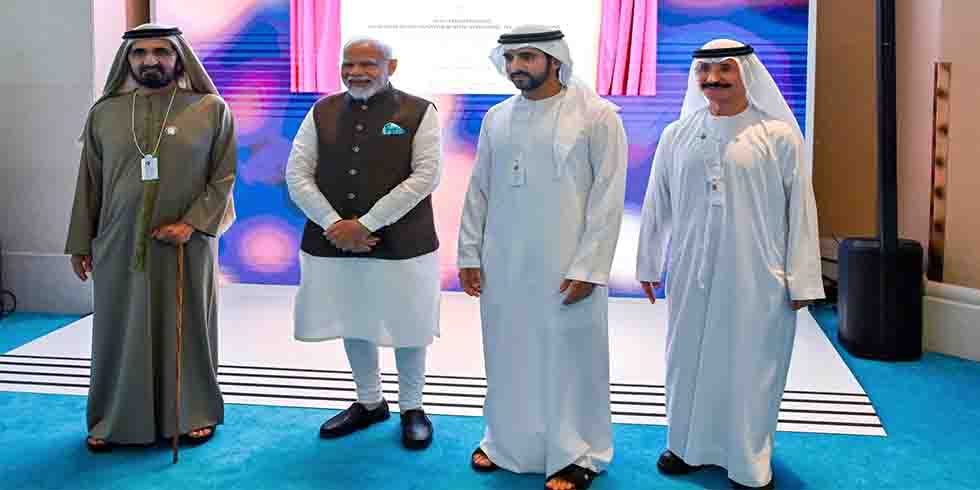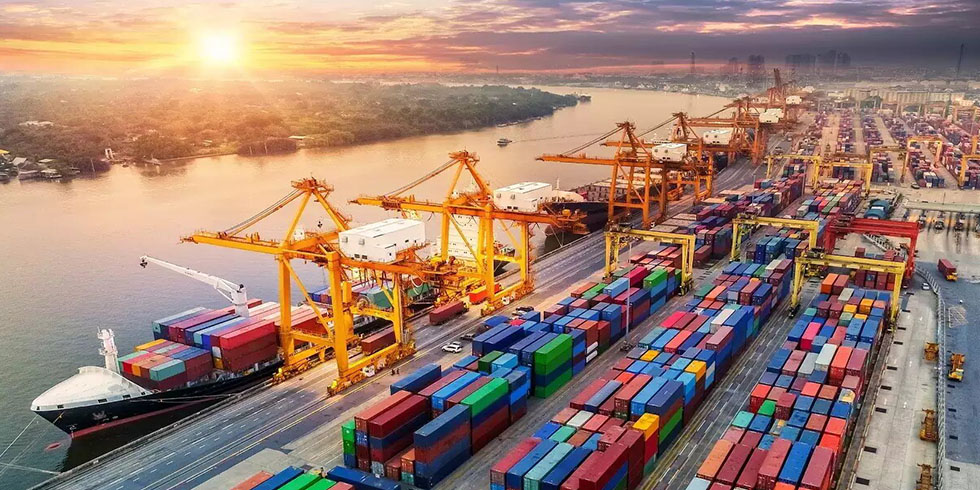Buildings in India are silent power guzzlers. Residential and commercial buildings consumed 32% of the country’s total electricity in 2016, according to the latest annual energy statistics published by the Ministry of Statistics, Planning and Implementation (MOSPI). As our cities grow, building energy demand is sure to surge.
Although there’s not enough data to make precise projections, India by 2030 is expected to have an additional 35 million sq. m of buildings, according to the Global Buildings Performance Network (GBPN), an organisation founded in 2010 with the mandate to advance knowledge and expertise globally on building energy performance and the structure to achieve it. The corresponding increase in carbon dioxide (CO2) emissions for commercial buildings alone would reach 1,370 million tonnes, according to a report by the erstwhile Planning Commission’s Expert Group on Low Carbon Strategies for Inclusive Growth.
India therefore has an urgent need for better building efficiency policies and programmes. If the country moves forward with standards and enforcement as they stand today, building owners and residents in India will guarantee themselves higher energy costs and high electricity consumption for decades, which will at the same time worsen air pollution and have a larger impact on climate change. There are however several strategies that could help urban leaders and decision makers in India’s energy sector to improve efficient use of energy in buildings.
Enforce rules already in place
Under the 2007 Energy Conservation Building Code (ECBC), state governments and municipalities are responsible for adopting, mandating and enforcing the rules. This has had limited success, in part because several cities and states also have a variety of construction practices, building types and building by-laws. Several departments, with varying capabilities, are responsible for enforcement, which has made consistency a continuing challenge.
To adapt to changing efficiency standards globally, the Bureau of Energy Efficiency (BEE) at the central level revised the ECBC in June, and has been trying to build enforcement capacities through training, local staffing and creating cadre of ECBC professionals over the last five years.
Targeted support towards a phased implementation and enforcement of the code will be crucial to its success. Compliance by the industry and the government’s ability to enforce will need to go hand in hand.
Building capacity for building efficiency
The lack of skilled construction workers is a major barrier in deploying building efficiency projects. This is because construction companies have little incentive to train these workers, most of whom are temporary. The markets for some technologies haven’t matured due to limited demand and the corresponding skills for installing these technologies have not developed. While construction companies in India have access to technologies, there is not enough testing, standardisation and certification of efficient building materials. This discourages innovation and technology leapfrogging.
The complexity of technical and capacity barriers needs to be mapped to the type and process of construction. What constitutes efficiency at different scales of construction also needs a relook. It will provide a more informed canvas for addressing the technical and capacity barriers in the construction sector as well as for efficiency. A comprehensive assessment by BEE or an independent organisation could identify where new jobs can be created or where government agencies could create programmes to improve building skills that address these specific gaps.
Break information barriers
Too often in India, developers, buyers and investors do not have adequate access to information on energy performance data and certification. Developers don’t always know that energy performance-certified buildings enjoy higher property values and faster leasing, often at a premium, according to a report by the Natural Resources Defence Council (NRDC).
Similarly, buyers don’t hear about benefits like easier maintenance, lower energy costs and better ventilation and insulation in hot climates. Split incentives, the situation where the builder may not be concerned about investing in an efficient building, and since the tenant or owner pays the electricity bills, further aggravates the information barrier.
Better dissemination of information needs to create both a pull from demand by consumers and a push through supply from the industry.
Grow the market
The weak enforcement of buildings codes, combined with low demand for building efficiency technology, has dampened India’s market for products like insulation, wall materials, fenestration and shading devices. The global market for energy efficient buildings was at USD 118 billion in 2015, the International Energy Agency estimated, where India accounted for only 2% of the total market.
Energy service companies (ESCOs) that help implement energy efficiency projects are too few in number. As of 2014, BEE’s data lists 137 ESCOs, but in reality the number of ESCOs in business is not more than 30. The access to finance by ESCO from banks due to lack of standard monitoring and verification practices is also a major challenge. Reliable and verified energy use data helps estimate energy and cost savings from a project, but since building energy use data is not collected systematically, benchmarks of energy performance are not robust.
To help build investor confidence in ESCO projects, there’s a need for government thrust on establishing reliable electricity use baselines for different building types, priority sector lending for efficient buildings and financing instruments. Public buildings can be the largest market for building efficiency products and services and, therefore, efficiency mandates for new buildings can mature markets for efficient building materials.
Building efficiency has been recognised as critical to India’s climate change mitigation strategy and global climate commitments. By focussing on the opportunities, India can significantly transform the building efficiency landscape and meet it emissions reduction targets.










Add Comment